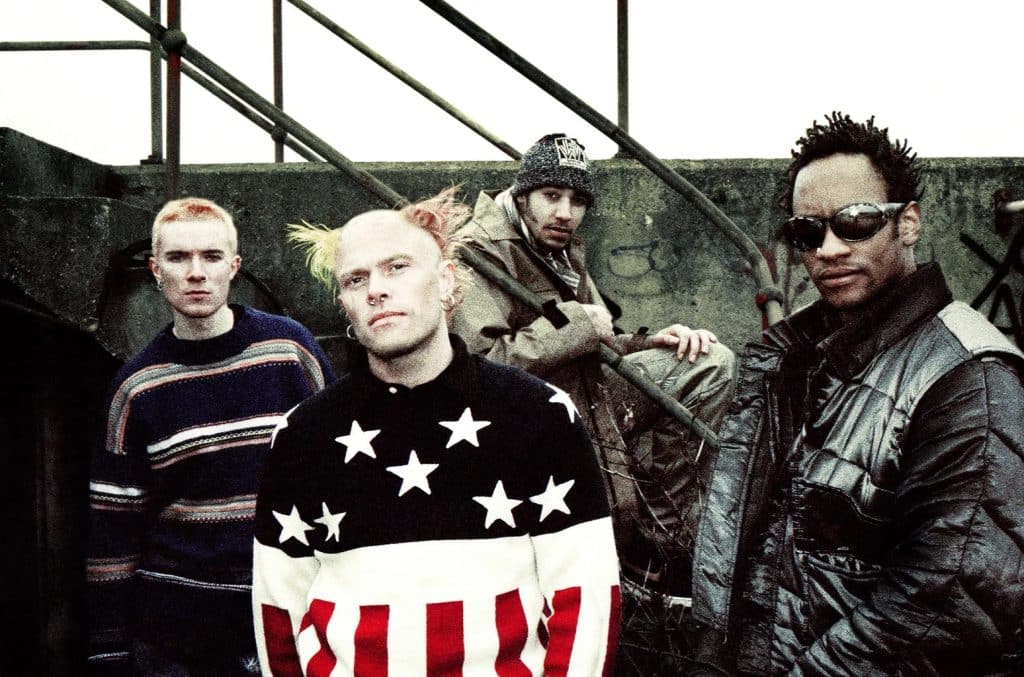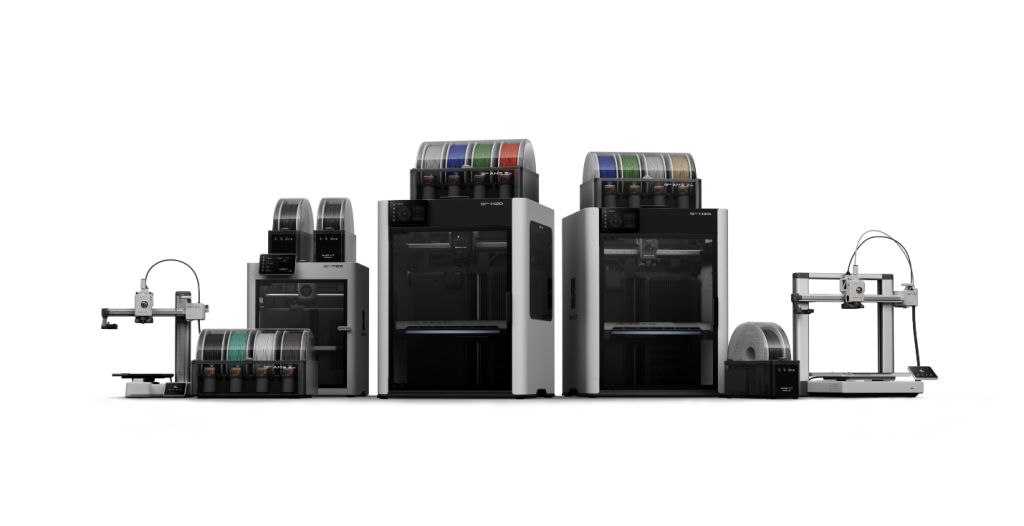The Prodigy burst onto the music scene in the early 1990s, forever changing the face of electronic music. As pioneers of rave culture, the members of the Prodigy brought a raw, energetic sound that captivated audiences worldwide.
Their unique blend of techno, breakbeat, and punk attitude set them apart from their peers. From underground raves to mainstream success, the Prodigy’s journey is a testament to their innovative spirit and unwavering dedication to pushing musical boundaries.
This blog explores the lives and contributions of the key figures who shaped the Prodigy’s distinctive sound and image.
We’ll explore how these talented individuals came together to create a musical force that continues to influence artists and excite fans decades after their debut.
Formation of The Prodigy
The Prodigy’s inception marked a turning point in electronic music, blending genres and pushing boundaries. Their formation story is as unique as their sound, bringing together diverse talents to create a musical powerhouse.
The Prodigy’s story begins with Liam Howlett, a skilled DJ with hip-hop roots. In 1990, Howlett met Keith Flint and Leeroy Thornhill at a local rave club called The Barn in Rayne, Essex.
Impressed by Howlett’s original tracks on a mixtape, Flint and Thornhill asked to dance to his music at live gigs. This chance encounter laid the foundation for one of the most influential electronic groups ever.
MC Maxim Reality’s addition completed the lineup as they began performing together, allowing them to take the rave scene by storm.
Key Members of The Prodigy
The Prodigy’s success stems from its core members’ unique talents and personalities. Each individual brought a distinct element to the group, creating a powerful and innovative musical force.
1. Liam Howlett
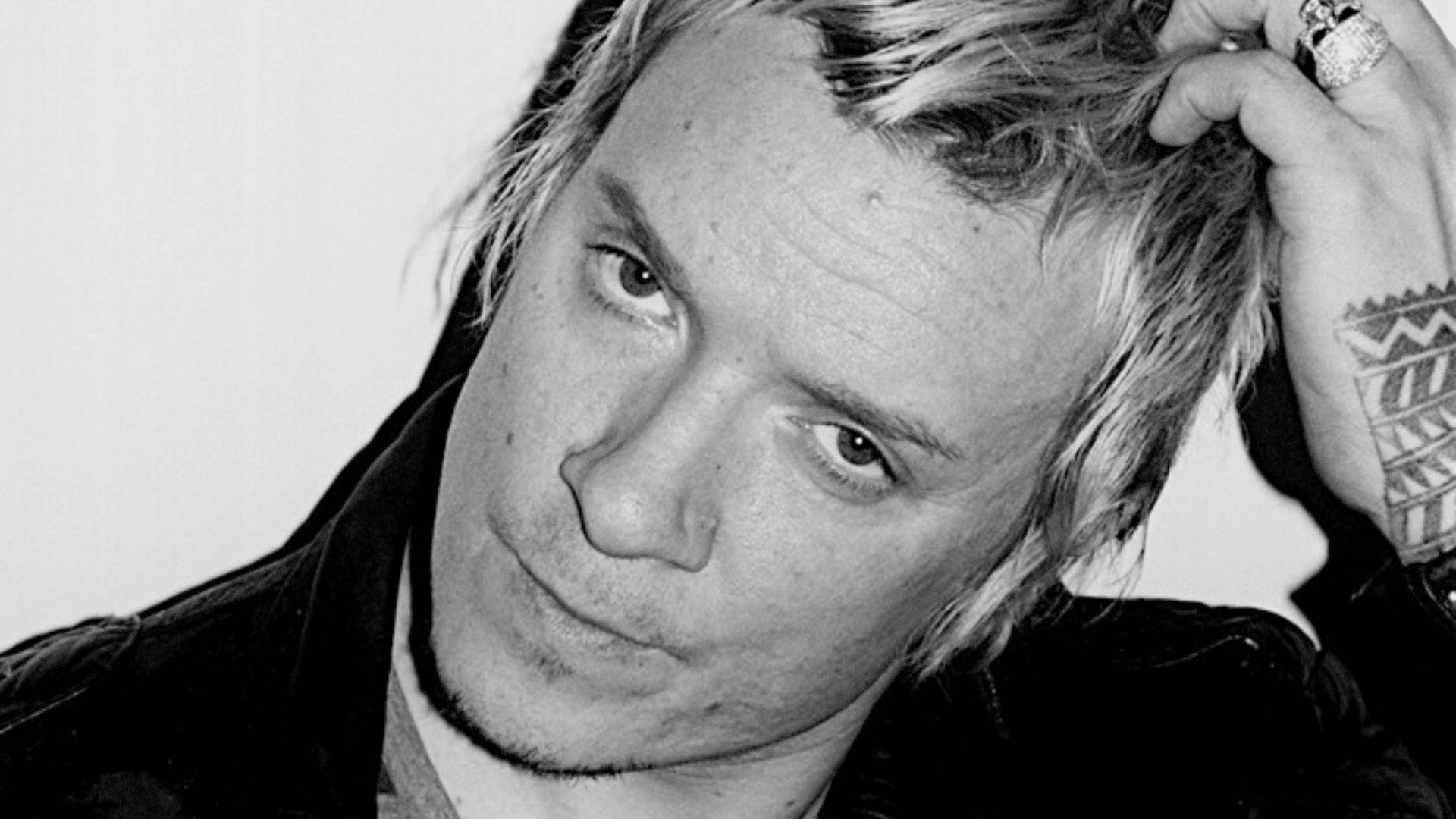
The Creative Force Liam Howlett is the founding member and musical mastermind behind The Prodigy. His innovative production techniques and genre-blending approach have defined the band’s sound since its inception.
- Born: August 21, 1971
- Joined the band: 1990 (founder)
- Role: Composer, keyboardist, programmer
2. Keith Flint
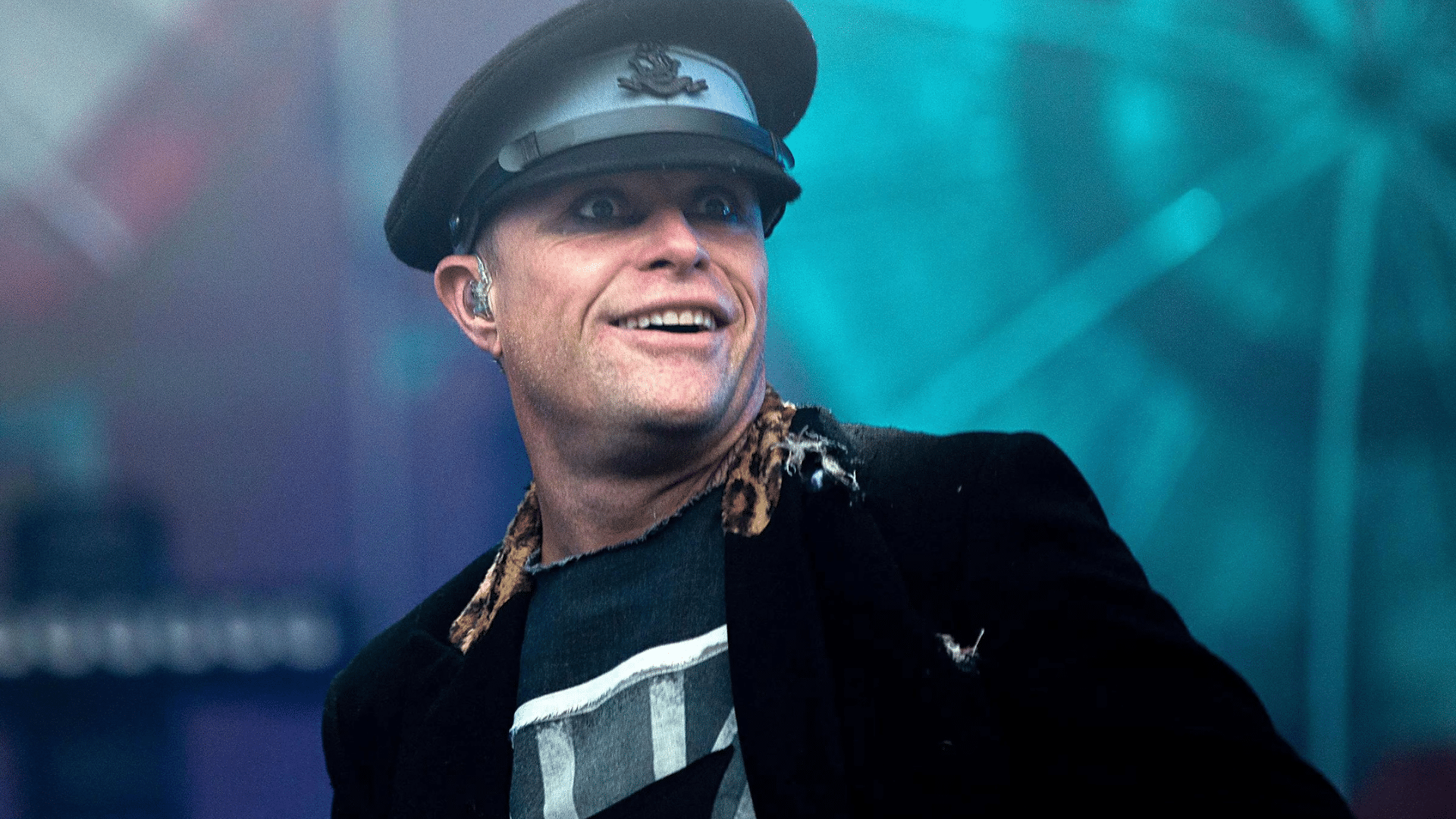
The Face and Voice of The Prodigy Keith Flint transformed from a dancer to the iconic frontman of The Prodigy, becoming the visual and vocal embodiment of the band’s rebellious spirit. His energetic performances and distinctive appearance made him a symbol of 90s rave culture.
- Born: September 17, 1969
- Joined the band: 1990
- Role: Lead vocalist, dancer
3. Maxim Reality
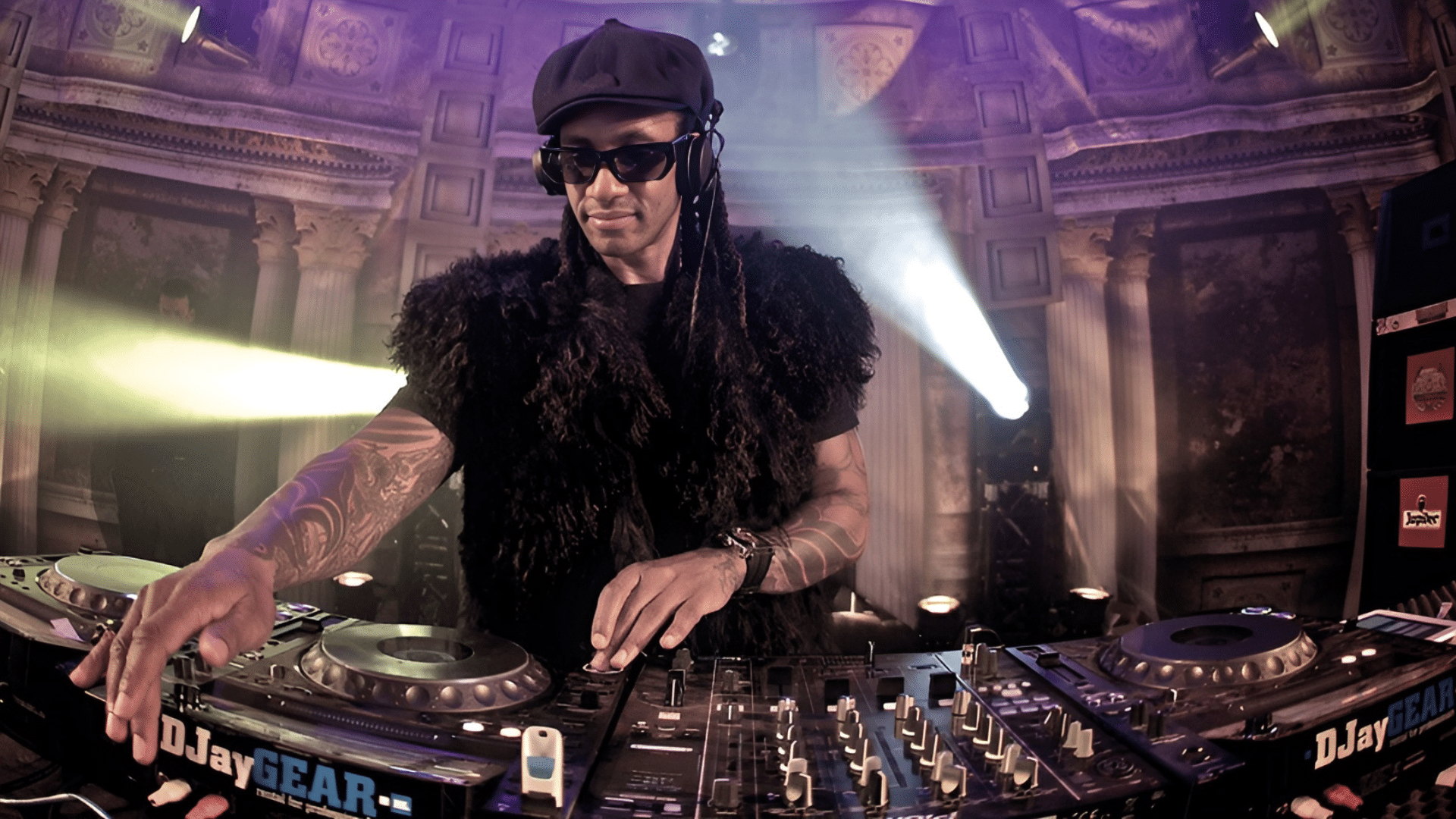
The Voice of Energy Maxim Reality brought his skills as an MC and vocalist to The Prodigy, adding another layer of intensity to their sound. His aggressive vocal style became key to the band’s signature sound, particularly in live performances.
- Born: March 21, 1967
- Joined the band: 1990
- Role: MC, vocalist
4. Leeroy Thornhill
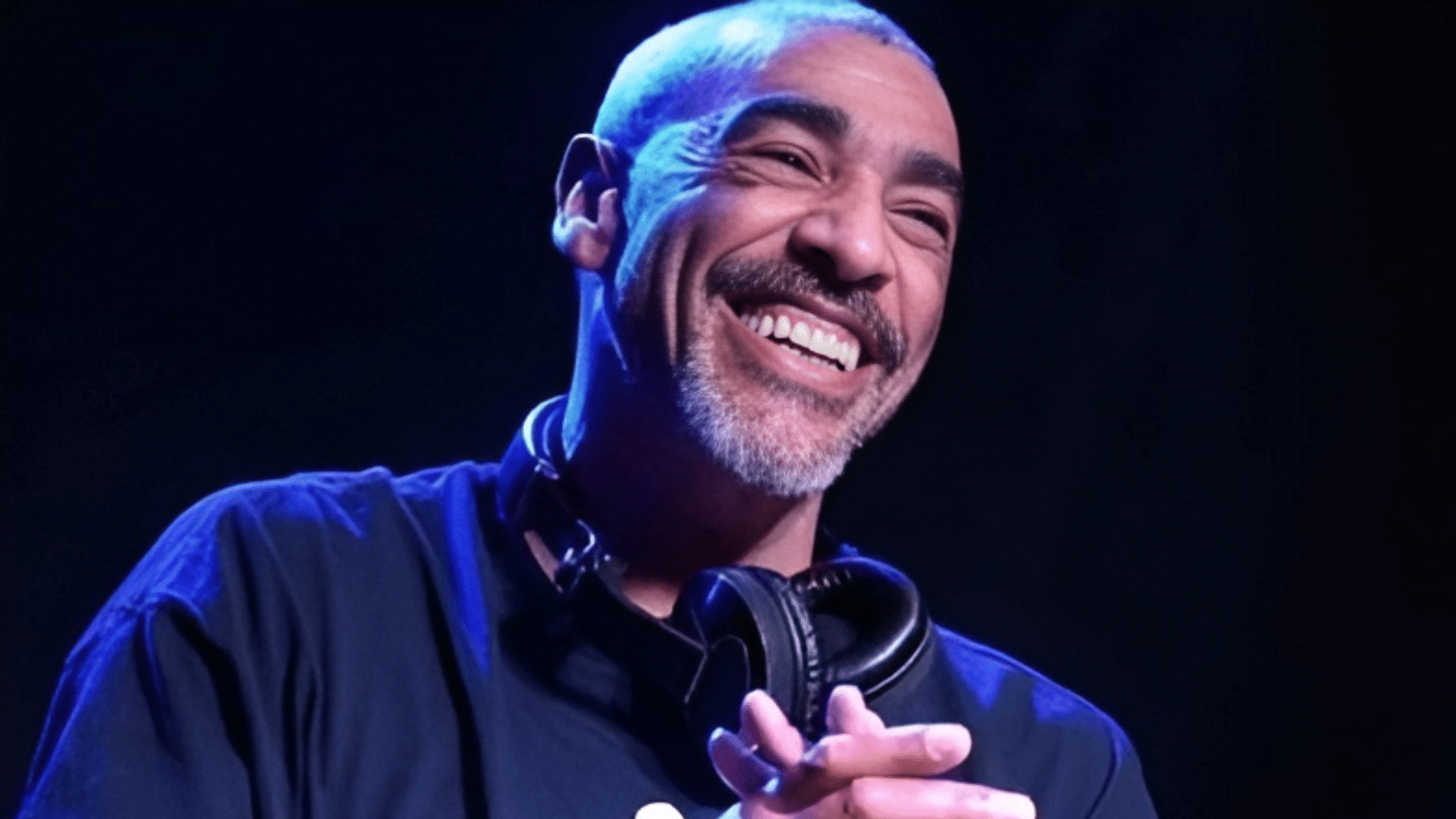
The Dancer Turned DJ Leeroy Thornhill’s towering presence and unique dance moves were integral to The Prodigy’s early live performances. His energy on stage helped translate the band’s electronic sounds into a visually captivating experience.
- Born: October 8, 1968
- Joined the band: 1990
- Left the band: 2000
- Role: Dancer, live performer
5. Sharky

Sharky was one of the original members of the Prodigy, contributing to the band’s early formation and initial performances. Though her time with the group was brief, she played a role in shaping their early identity.
- Birth date: Not publicly known
- Joined the band: 1990
- Left the band: 1991
- Role: Dancer
Breakthrough and Major Albums by Prodigy
The Prodigy’s rise to fame was marked by controversial hits and groundbreaking albums that shaped electronic music in the 1990s.
1. Charly and the Breakthrough of 1991
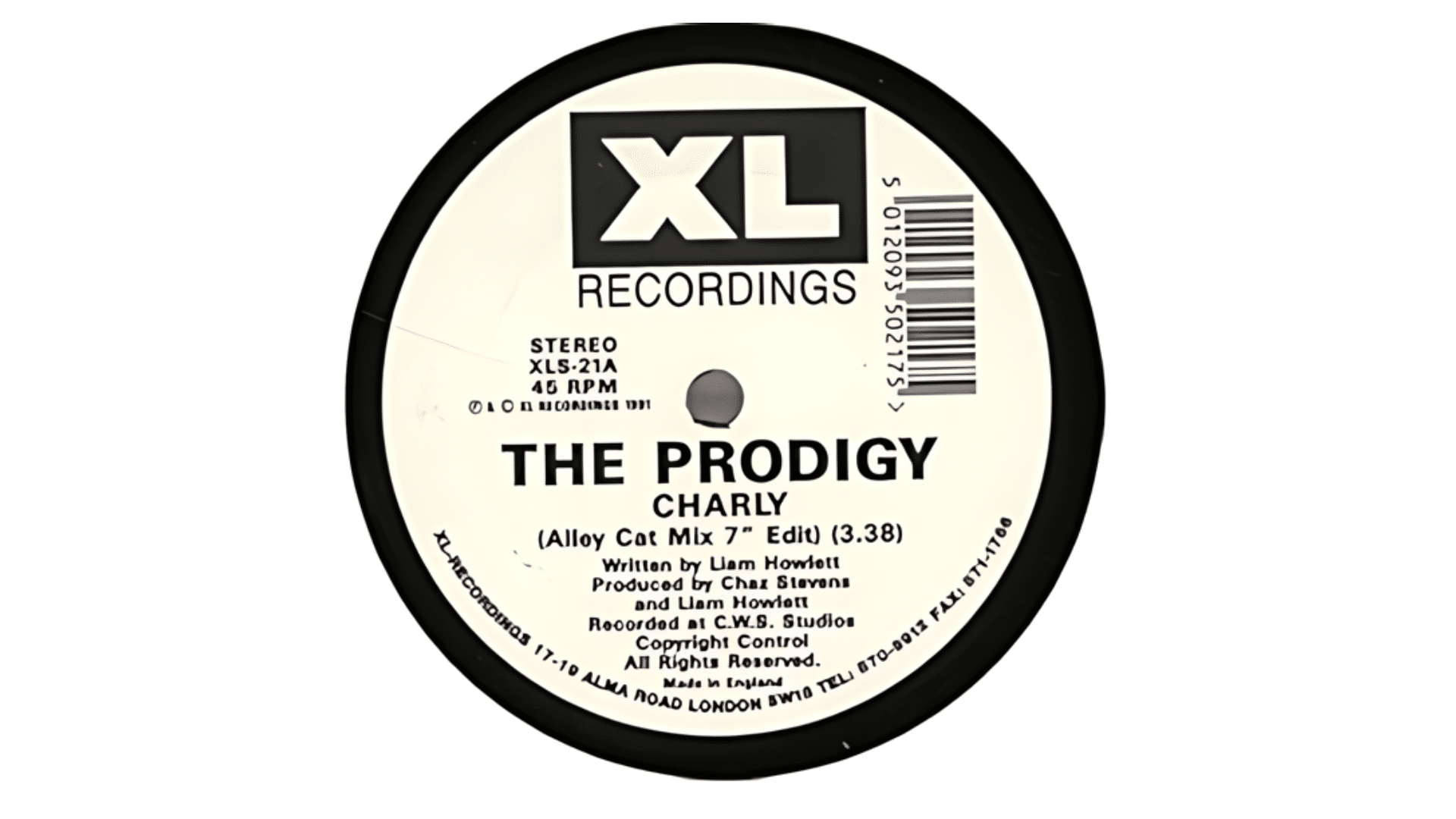
“Charly,” released in 1991, became The Prodigy’s first major hit, reaching number 3 on the UK Singles Chart. The track, which sampled a public information film about child safety, sparked controversy and media backlash.
Despite this, “Charly” set The Prodigy apart in the evolving rave scene. The song’s success demonstrated the band’s ability to blend catchy hooks with hard-edged electronic beats, appealing to underground ravers and mainstream audiences.
- Release date: August 1991
- Chart performance: #3 UK Singles Chart
- Impact: Controversial hit that brought The Prodigy mainstream attention
2. Experience (1992) – First Studio Album
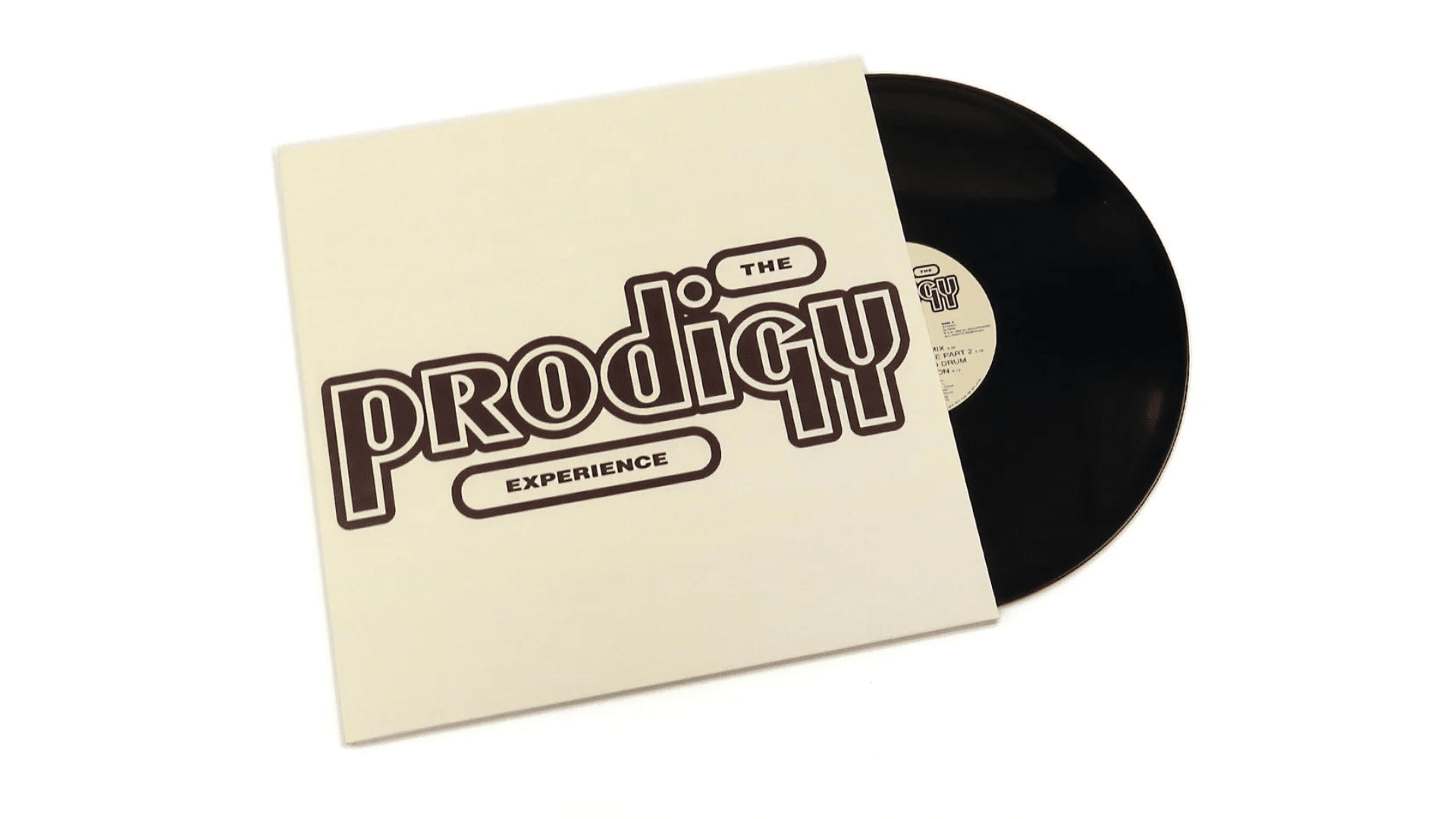
The Prodigy’s debut studio album, “Experience,” released in 1992, captured the raw energy of early 90s rave culture. The album expanded on the sound “Charly” introduced, featuring a mix of breakbeat, techno, and hardcore elements.
“Experience” was a commercial and cultural success, reaching number 12 on the UK Albums Chart and achieving platinum status. It included hit singles like “Out of Space” and “Wind It Up,” further establishing The Prodigy as innovators in the electronic music scene.
- Release date: September 28, 1992
- Chart performance: #12 UK Albums Chart, Platinum certification
- Key tracks: “Out of Space,” “Wind It Up,” “Fire”
Evolution of Prodigy in Sound and Style
The Prodigy’s sound evolved dramatically in the mid-90s, propelling them to global stardom.
Music for the Jilted Generation (1994)
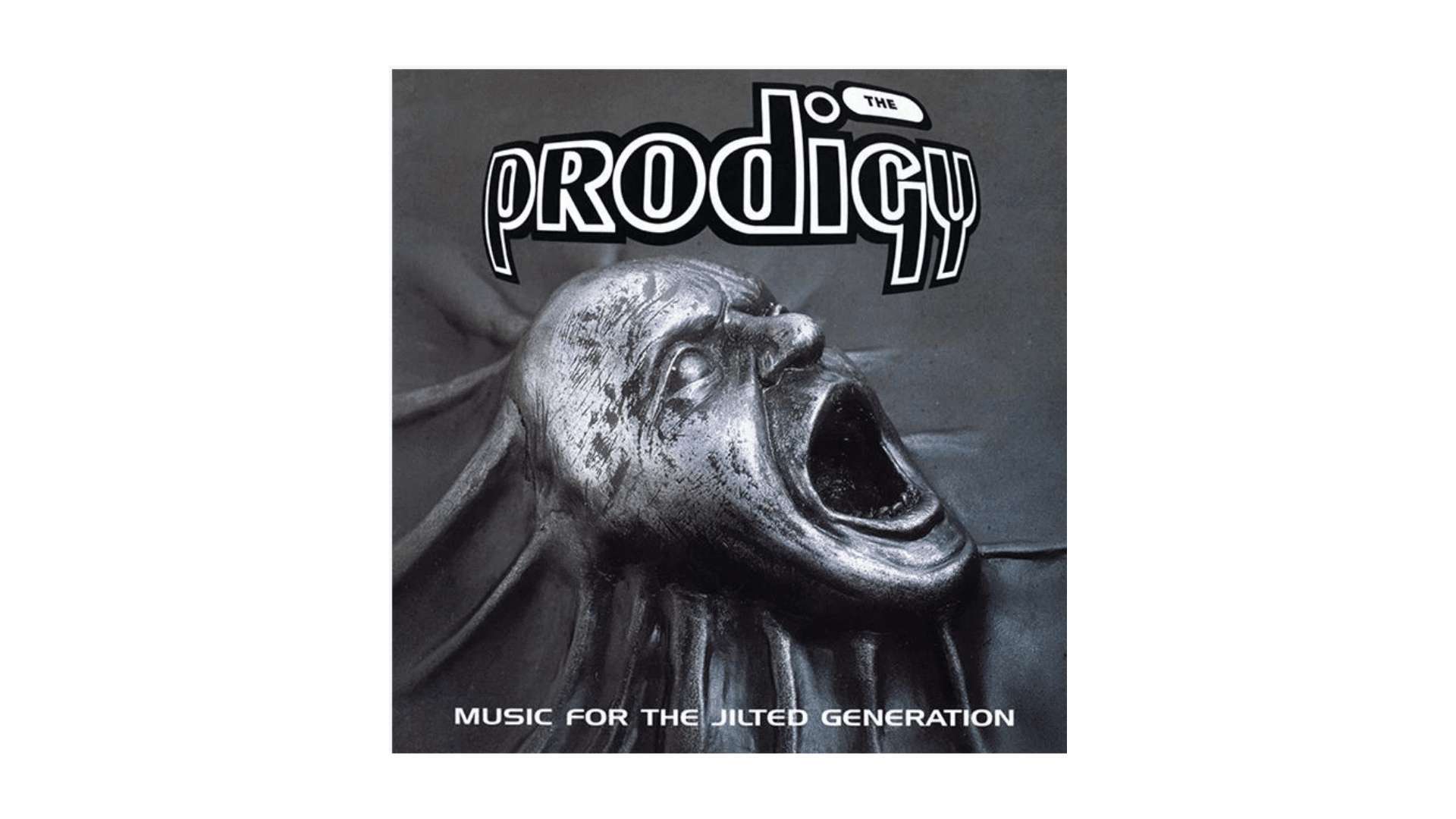
This album marked a significant shift in The Prodigy’s sound, blending breakbeat, house, and techno. It tackled political and cultural themes, reflecting the band’s growing maturity.
The album’s success, including hits like “No Good (Start the Dance)” and “Voodoo People,” established The Prodigy as serious artists beyond the rave scene.
The Fat of the Land (1997)
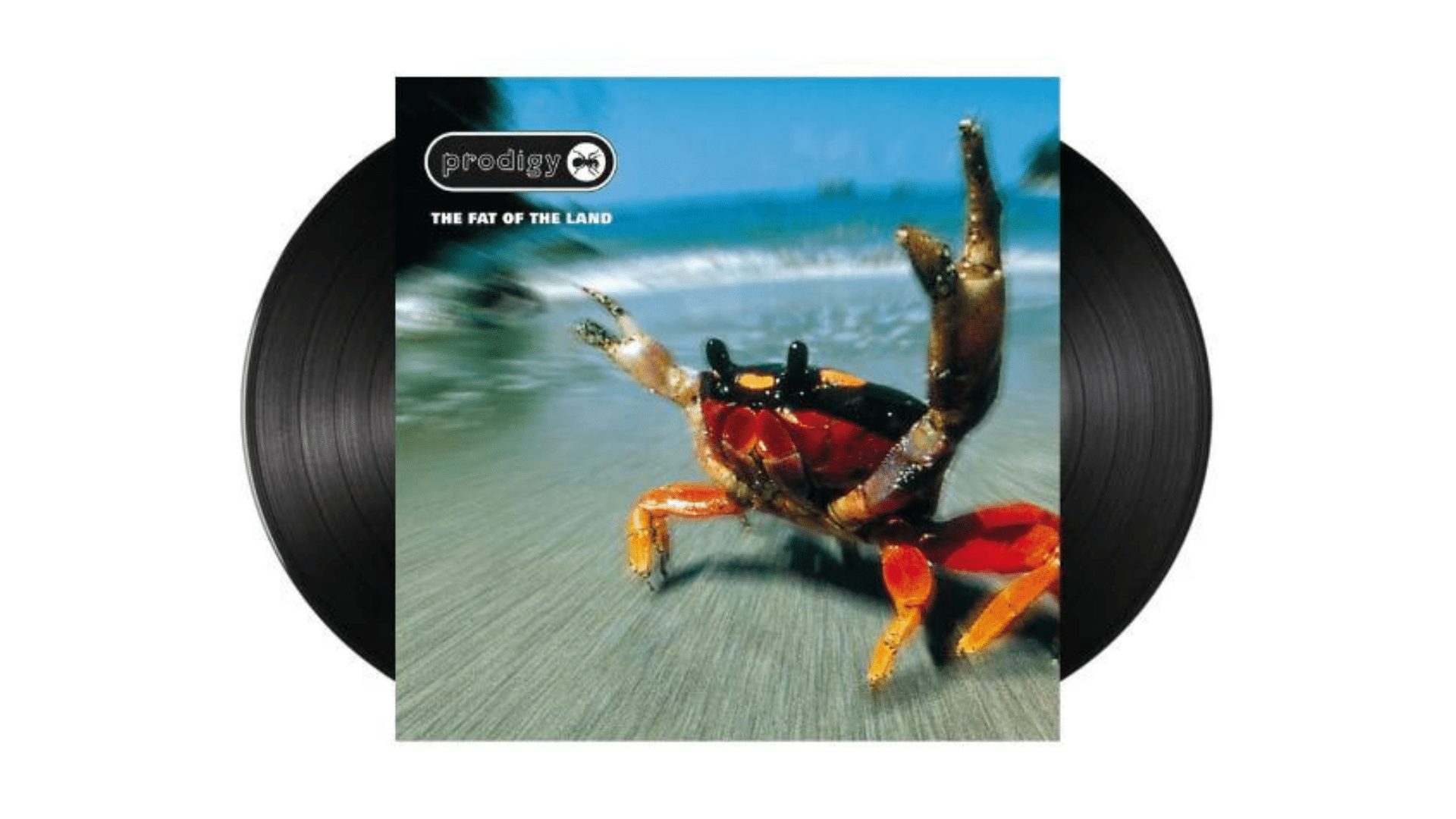
“The Fat of the Land” catapulted The Prodigy to global superstardom, bringing electronic music firmly into the mainstream. The album’s aggressive sound and controversial themes, exemplified by tracks like “Firestarter,” “Breathe,” and “Smack My Bitch Up,” sparked both praise and criticism. It topped charts worldwide, cementing The Prodigy’s status as an electronic music icon.
Legacy and Continued Success of Prodigy
The Prodigy’s enduring impact on electronic music extends beyond their early breakthrough.
Later Albums and Continued Evolution
The Prodigy continued to evolve with albums like “Always Outnumbered, Never Outgunned” (2004) and “Invaders Must Die” (2009). These releases showcased the band’s ability to adapt to changing musical landscapes while maintaining their signature high-energy sound.
Even as electronic music trends shifted, The Prodigy remained relevant by pushing boundaries and experimenting with new styles.
Impact on Electronic Music
The members of the Prodigy played a pivotal role in bringing rave culture to the mainstream, influencing countless artists across multiple genres. Their ability to blend electronic, rock, and punk elements helped them maintain relevance for over two decades.
The Prodigy’s legacy is evident in the continued popularity of electronic music festivals and the enduring appeal of their groundbreaking tracks.
Conclusion
The Prodigy’s journey from underground rave sensation to global electronic music icon is a testament to their innovative spirit and unwavering artistic vision. Through groundbreaking albums and electrifying live performances, the band redefined the boundaries of electronic music.
The core members of the Prodigy—Liam Howlett, Keith Flint, and Maxim Reality—each brought unique elements that shaped the group’s distinctive sound and image.
Their influence extends beyond the electronic music scene, inspiring artists across genres and generations. Despite facing controversy and evolving musical trends, The Prodigy’s commitment to pushing creative limits has ensured its enduring relevance.
As pioneers of the rave movement and architects of a new era in electronic music, The Prodigy’s legacy continues to resonate in the global music landscape.


